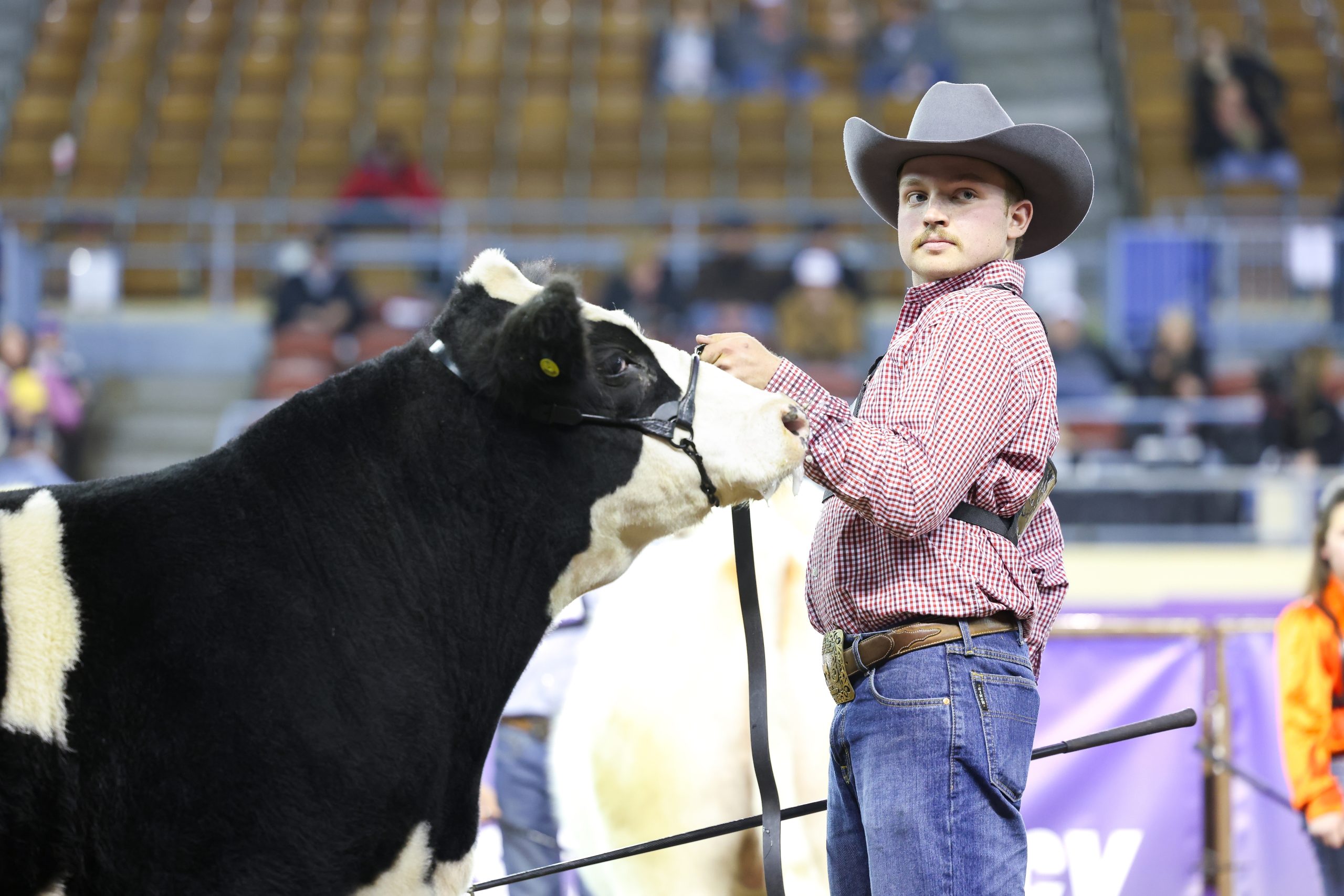New cattle traceability rule takes effect Nov. 5

The U.S. Department of Agriculture’s Animal and Plant Health Inspection Service has expanded the animal identification rules for cattle and bison, which will go into effect Nov. 5. The mandate will replace the guidelines that were established in 2013. Several beef industry experts gathered to discuss the rule change and what it means for cattle producers during a Texas and Southwestern Cattle Raisers Association webinar on Oct. 1.
“The most important thing to note is that nothing is changing from the 2013 rule in terms of which types of cattle this applies to,” said Sigrid Johannes, National Cattlemen’s Beef Association senior director of government affairs. “It doesn’t apply to cattle that are staying within the state. We are still only talking about interstate movement across state lines, just like we have been since 2013.”
Livestock that require an electronic identification tag to travel across state lines include: sexually intact cattle and bison, 18 months of age or older; dairy cattle; and all cattle and bison of any age that are used for rodeo or recreation events, shows or exhibitions. The rule modification relates to the type of tag that will be required for animals that must have identification tags.
“The only change for the average rancher, such as myself, is moving away from a metal clip and into an electronic tag,” said Austin Brown III, of Brown Land and Cattle in Bee County, Texas. “I do not have to electronically identify my cowherd that is on my ranch. I do it for personal operational reasons to ease animal traceability within my bookkeeping systems, but I’m not required to by the government.”
Previously, ear tags used as official animal ID had to be visually readable only. The 2024 rule change states that animals that fall under the EID tag requirement must have tags that are readable both visually and electronically.
“It doesn’t change all of official ID for cattle and bison,” said Dr. Alex Turner, DVM, director of the National Animal Disease Traceability and Veterinary Accreditation Center at USDA-APHIS Veterinary Services. “For movements that were using brands, tattoos or group lot ID for their official ID, they can continue to do so after this new rule goes into effect.”
Johannes said the rule only applies to animals tagged after the new rule goes into effect.
“You don’t have to go back and retag any animals,” she said. “If they’ve already got a metal clip in the ear prior to Nov. 5, you’re good to go. This is only talking about new tags going in ears from Nov. 5 onwards.”
Industry opinions
Animal traceability and identification has garnered mixed opinions as long as it has been discussed inside and outside the cattle industry. TSCRA supports a voluntary traceability program, while NCBA does not lobby for a specific stance on animal identification.
Other organizations, such as Ranchers Cattlemen Action Legal Fund United Stockgrowers of America, oppose the new mandate and have sent letters to Congress describing their dissatisfaction with increased traceability measures.
“This mandate is only the start toward mandating EID tags on all livestock and total control,” said Bill Bullard, R-CALF USA CEO. “It will force thousands of farmers and ranchers out of business, and Congress must stop it now. It will unfairly burden small and medium-scale producers, further consolidate our food supply in the hands of a few large meatpackers and undermine our national food security.”
For many producers, traceability is a concern because they associate it with a possible breach in their privacy information. Turner assured cattle raisers that all three databases used for animal traceability are protected from the Freedom of Information Act.
“Two exceptions prevent the USDA from sharing with any requester who is requesting someone’s information through Freedom of Information Act,” Turner said. “That information can be redacted if it’s found to be personally identifiable information, or if it’s found to be business confidential information, and those exceptions have held up for multiple requests across the years for producers’ information.”
Additionally, Turner said the databases are only accessible to federal or state regulatory officials who have undergone security clearance and screenings. Furthermore, officials have access to the data only in the state that they work in. He said there are very few USDA APHIS officials who have the clearance to view national databases and see data in multiple states.
“At the end of the day, we need animals to be traceable, not because John Doe wants to find out where a cow came from, but in the event that something like foot-and-mouth disease breaks out,” Brown said. “If we can get these animals traced and tracked and get the scope of the search narrowed down as quickly as possible, it saves many other producers from a much wider blanket quarantine. No one wants to know your data or personal information. It is for disease traceability, and it will help the industry.”
Johannes said NCBA does not anticipate new rules that will affect feeder cattle traceability at this time. She said expanding animal identification to an industry-wide mandate could be a possibility in the future, but there are concerns about slowing down the efficiency of the cattle industry and the speed of commerce.
EID tags cost about $3 each, and Congress has approved $15 million in funding to help cattle producers with the expense of the new identification tags. Cattle producers can contact their state veterinarian’s office for more information about EID tags and where to purchase them.
Lacey Vilhauer can be reached at 620-227-1871 or [email protected].



